Assam was constituted into a province by the British rulers of India to meet the colonial needs of a viable province in the northeastern part of their Indian empire. It was accomplished in stages by subjugating the erstwhile Ahom Kingdom or Assam proper and its neighbouring hitherto independent hill tribal areas in several installments and annexing those to the Bengal presidency and thereafter by separating the Assam division from Bengal (1874) and transferring to it not only the adjoining hill districts but also three traditionally Bengal Districts (namely, Goalpara, Sylhet and Cachar) from the Cooch Behar and Dacca divisions. In the province of Assam, so created by the British, the Assam proper or the traditional Assamese heartland formed only a small part and the Assamese people a minority. The Assamese, the Bengali and a large number of tribal groups were indigenous in their respective areas, but each one was a minority in the total population of the province and thereby the condition was created for each group to suffer threats to ethnic and linguistic identity. The problem was complicated further by naming it 'Assam', despite the multi-ethnic and multi-cultural character of the province. The name carried the impression of the legitimacy of an Assamese predomination in the entire province, including the traditionally non-Assamese areas. The seeds of discord were thus planted, and the quest for identity and the ethnic and linguistic assertions culminating in the movements for administrative reorganization and creation of new states in the post-independence period were the historical consequences of the artificial constitution of a multiethnic and multi cultural province by denying the people the right to linguistic states. The book delves into this history of making and unmaking of the British Assam.
Lectures in Applied History
$44.10
$49.00

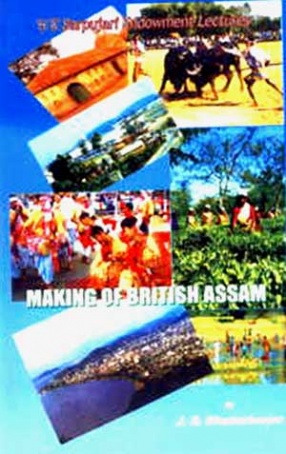
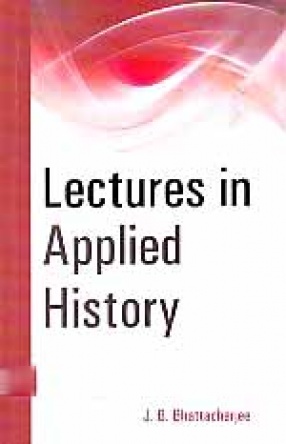
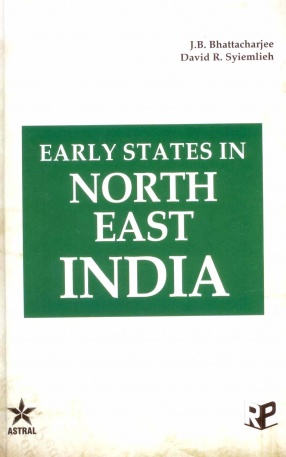

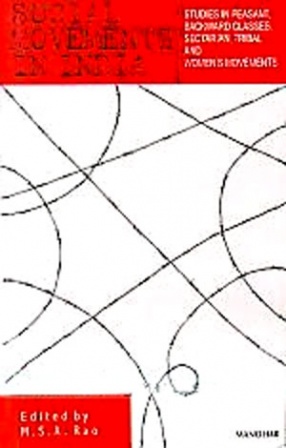
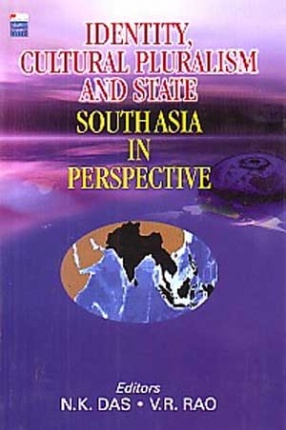
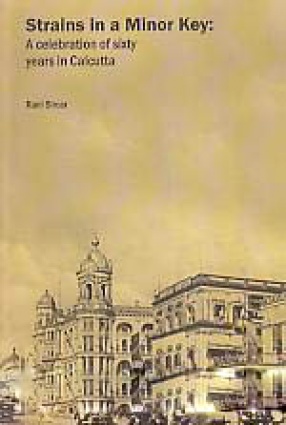
There are no reviews yet.